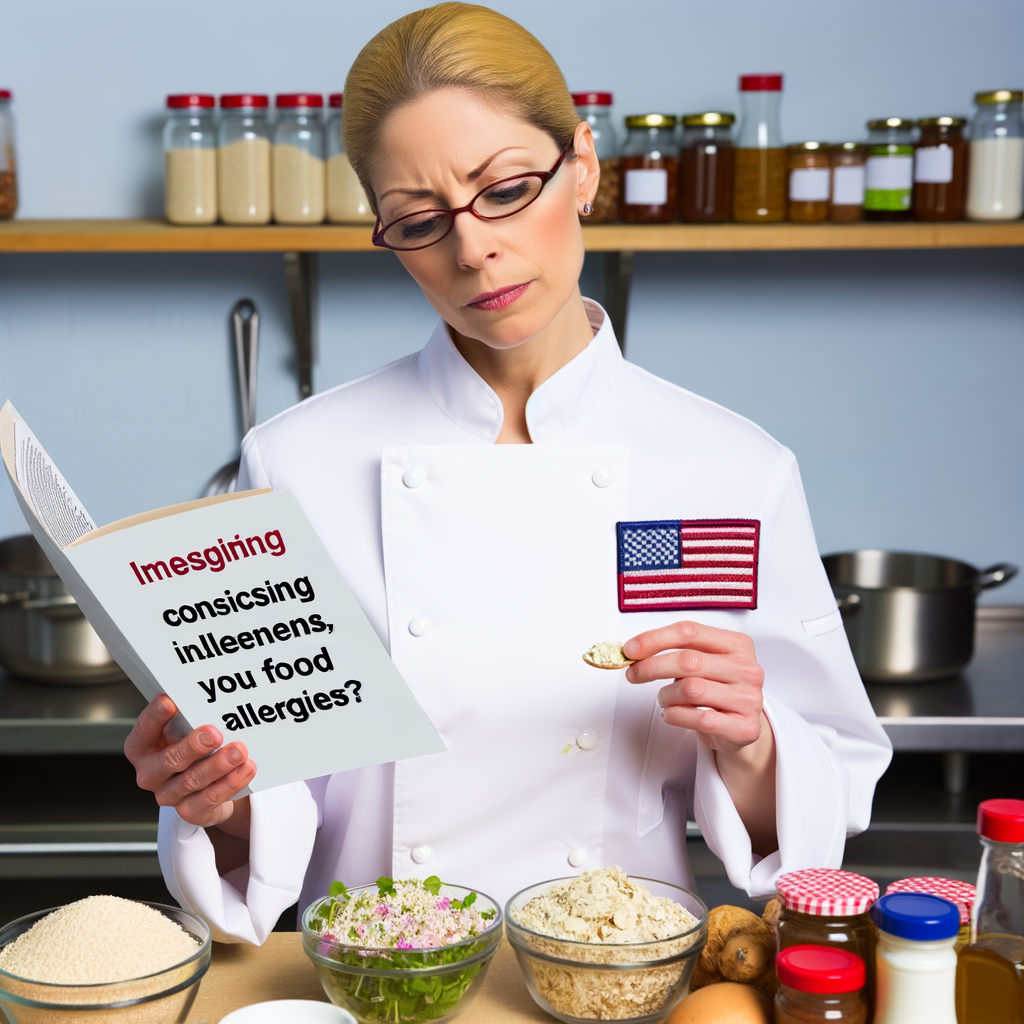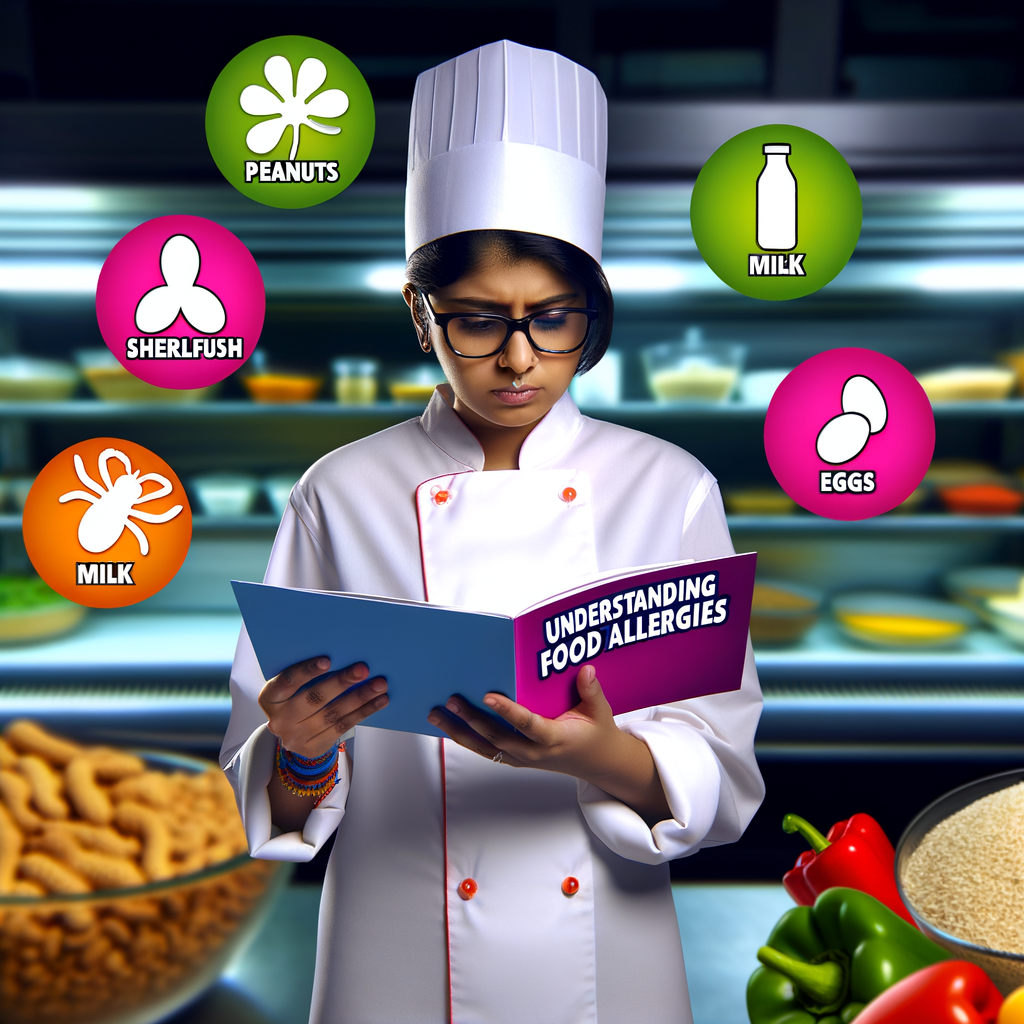Food allergies affect millions of Americans and can range from mild to life-threatening. For those living with a food allergy, it is essential to carefully read food labels in order to avoid potential allergens. Label reading is an important skill that can help individuals with food allergies make informed decisions about the foods they consume.
The first step in label reading is to identify the allergen. The top eight allergens in the United States are milk, eggs, fish, shellfish, tree nuts, peanuts, wheat, and soy. These ingredients must be clearly labeled on food packaging according to the Food Allergen Labeling and Consumer Protection Act. It is important to note that manufacturers are not required to label for cross-contamination, so it is crucial to read the entire ingredient list.
Next, it is important to understand the different terms used on food labels. Phrases like “may contain” or “processed in a facility that also handles” indicate a potential for cross-contamination and should be avoided by those with severe allergies. Terms such as “vegan,” “gluten-free,” or “dairy-free” are helpful for individuals with specific dietary restrictions, but it is still important to read the entire ingredient list to ensure the absence of allergens.
Reading labels can be time-consuming, but it is a necessary step for those with food allergies. It is also important to remember that ingredients and manufacturing processes can change, so it is crucial to re-read labels regularly. In addition to reading labels, it is important for individuals with food allergies to communicate their needs to restaurants and dining establishments to ensure safe food consumption.
By understanding the importance of label reading, individuals with food allergies can make informed decisions and stay safe while enjoying a variety of delicious foods.





